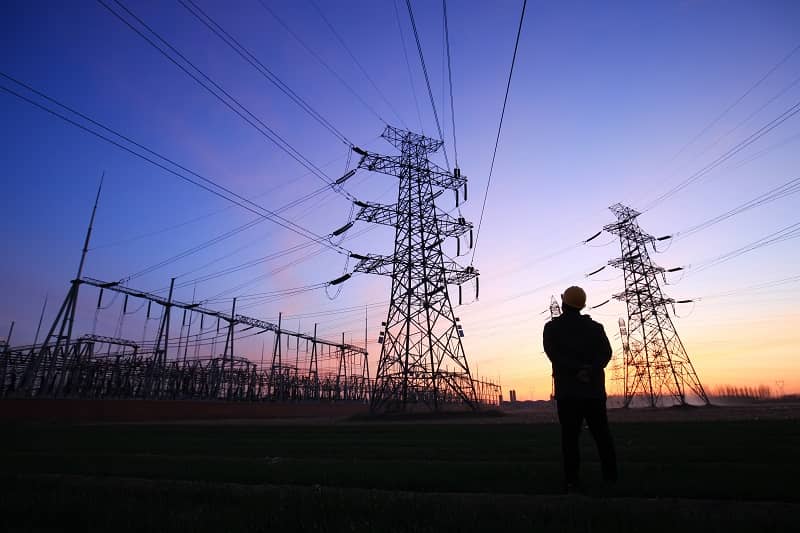By Rachel Dawson
The Northwest Power and Conservation Council regularly assesses the adequacy of our region’s power supply using a loss of load probability (LOLP). This measure informs us that power supply is not adequate if 5% or more modeled simulations show insufficient generating capacity at any time in a given year.
Due to the early closure of Boardman and Centralia 1 coal plants in 2020, the Northwest is projected to not meet this standard by 2021. The probability of a future inadequate load capacity increases to as high as 26% if Wyoming’s Jim Bridger 1 coal plant closes in 2023. To put this in perspective, the loss of load probability was expected to climb to 24% by 2003 after the 2001 energy crisis occurred.
This crisis was due in part to an unexpected decrease in hydroelectric power. It seems that utilities in the region have not learned their lesson, as they plan on replacing the coal plants with even more unreliable wind power and costly storage systems.
Advocates for these plants’ early closures must demonstrate that doing so will not damage grid reliability or increase ratepayers’ power bills. So far, they have not met that test.
Rachel Dawson is a Policy Analyst at Cascade Policy Institute, Oregon’s free market public policy research organization.
Click here for PDF version:
11-20-19-Early_Coal_Closures_Could_Spell_Trouble_for_Grid_ReliabilityPDF













John
This crisis was due in part to an unexpected decrease in hydroelectric power.
The article is about closure of coal fired plants. This hydro power loss is unexplained and I don’t know how it relates to the coal plants.
John Lyon
Couple this with the possibility of the loss of the Columbia and Snake River dams and we will be in blackout more often than not. With the intentional dimming of the sun’s intensity to mitigate “global warming” and frequent windless days you can write off the possibility of significant contribution from those sources. I strongly recommend that we pray to God for a return to sanity of our fearless leaders before global cooling sets in.
Cascade Policy Institute
Thank you for your comment, John! In that specific paragraph I was attempting to compare hydro with wind power, but since the article is about coal I see how including hydro is confusing.
The 2001 power crisis should have been a wake up call about the importance of having a varied mix of reliable energy sources. Hydro, like wind and solar, is dependent on the availability of the resource. If the river isn’t flowing as expected (or if the wind isn’t blowing for wind power) we are forced to rely on non-intermittent sources like natural gas and coal to power the grid. If we start replacing these reliable resources with more intermittent resources, we increase the likelihood of a sudden blackout or increased power prices in the future.